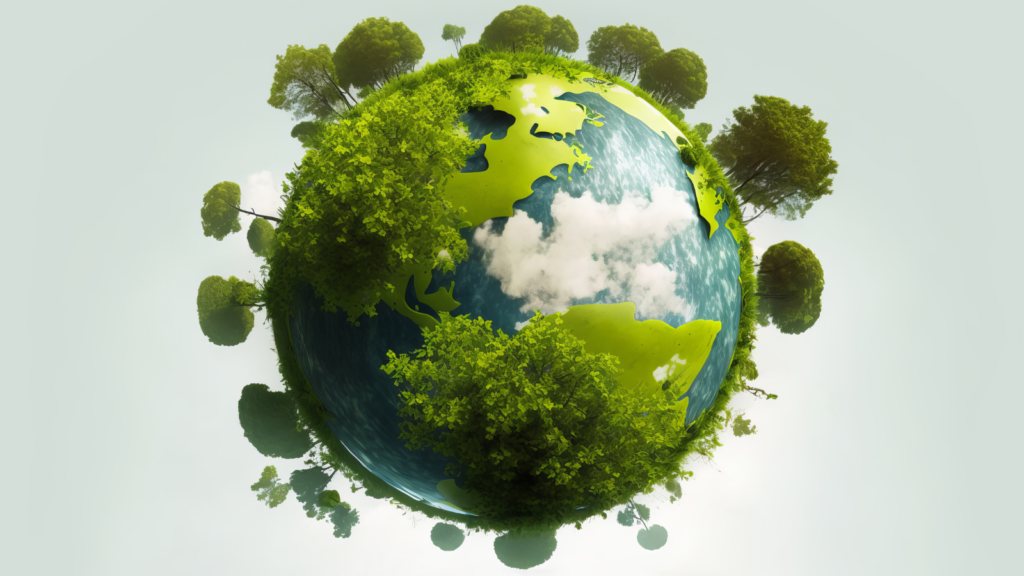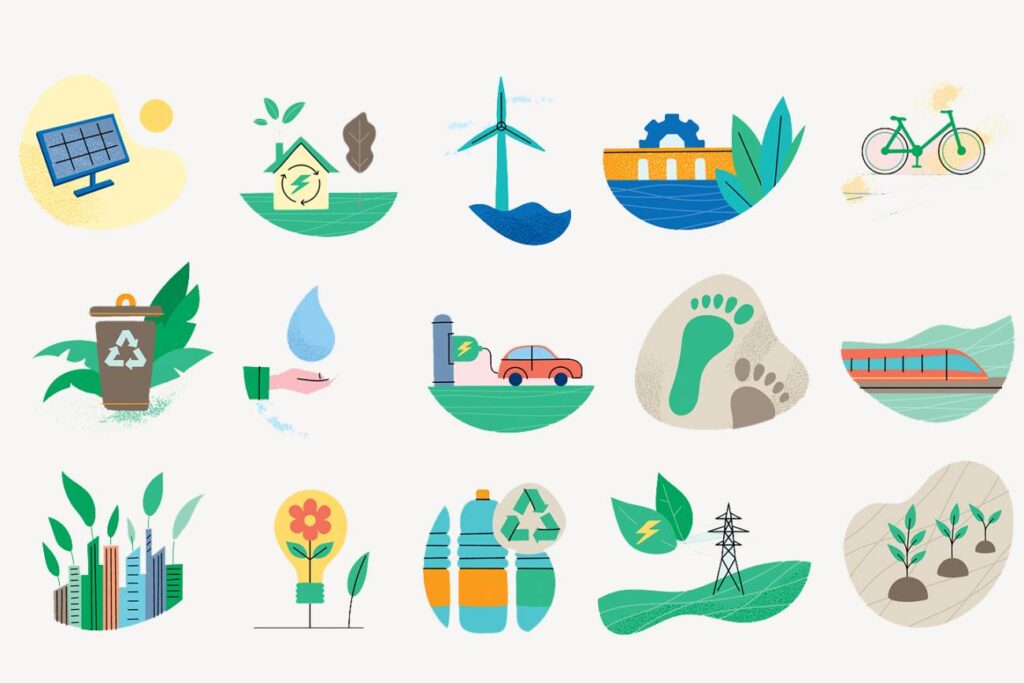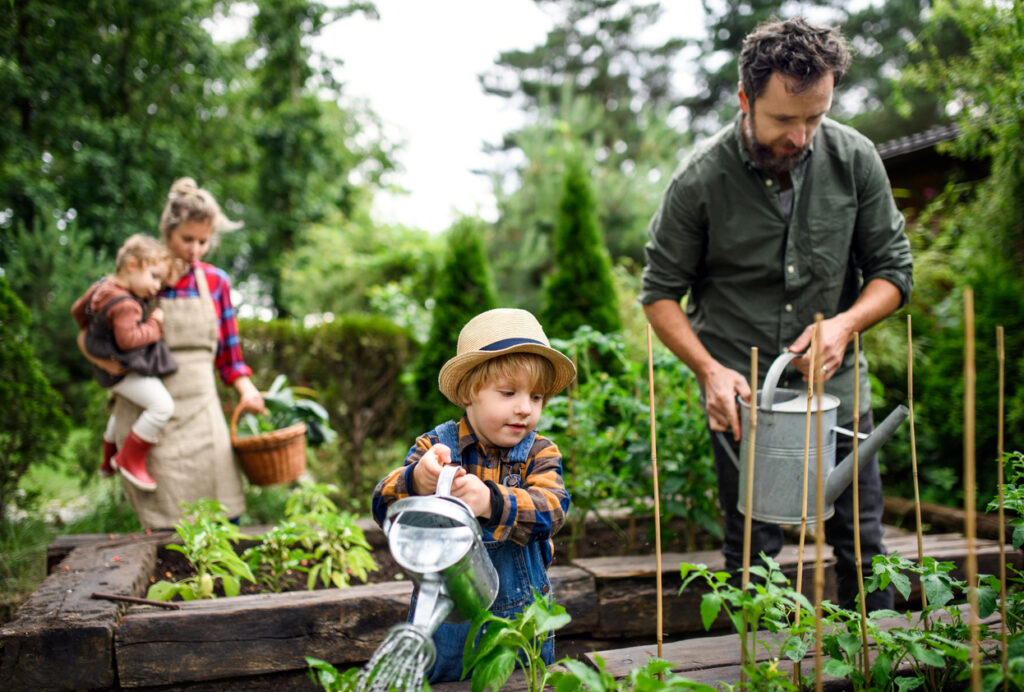Sustainable Living: A Guide to Eco-Friendly Practices for a Greener Future
Introduction
Sustainable living embodies a holistic approach to harmonizing human activities with the natural world, recognizing the interconnectedness of environmental, social, and economic systems. At its core, sustainable living seeks to meet the needs of the present generation without compromising the ability of future generations to meet their own needs.
The foundation of sustainable living lies in the recognition that our planet’s resources are finite and must be managed responsibly to ensure long-term viability. It involves reevaluating our lifestyles, consumption patterns, and societal structures to minimize environmental impact while fostering social equity and economic prosperity. Sustainable living encompasses a broad spectrum of practices, ranging from energy conservation and waste reduction to ethical sourcing and community engagement.
In today’s world, the concept of sustainable living has become increasingly vital. With environmental concerns looming large and the effects of climate change becoming more apparent, individuals and communities are seeking ways to minimize their ecological footprint and live in harmony with the planet. Sustainable living encompasses a wide range of practices aimed at reducing waste, conserving resources, and promoting environmental stewardship. In this comprehensive guide, we will explore the principles of sustainable living and provide practical tips for incorporating eco-friendly practices into your daily life.

Sustainable Living
At its core, sustainable living is about meeting the needs of the present without compromising the ability of future generations to meet their own needs. It involves making conscious choices that minimize negative impacts on the environment and promote social equity and economic viability. Sustainable living encompasses various aspects of life, including energy consumption, waste management, transportation, food production, and consumption patterns.

Key Principles of Sustainable Living
Reduce, Reuse, Recycle:
The three R’s form the foundation of sustainable living. By reducing consumption, reusing items whenever possible, and recycling materials, individuals can significantly decrease their environmental footprint.
Energy Efficiency:
Conserving energy is crucial for sustainable living. This involves using energy-efficient appliances, improving home insulation, and embracing renewable energy sources such as solar and wind power.
Conservation of Resources:
Sustainable living emphasizes the responsible use of natural resources such as water, forests, and minerals. Conserving resources through efficient use and preservation helps protect ecosystems and biodiversity.
Minimalism:
Embracing a minimalist lifestyle involves prioritizing experiences over material possessions and reducing unnecessary consumption. By simplifying their lives, individuals can reduce waste and live more sustainably.
Local Sourcing:
Supporting local farmers and businesses reduces the environmental impact of transportation and promotes community resilience. Buying locally grown food and products also fosters connections between consumers and producers.

Practical Tips for Sustainable Living
Reduce Your Energy Consumption:
Turn off lights and appliances when not in use, switch to energy-efficient light bulbs, and invest in programmable thermostats to optimize heating and cooling.
Embrace Alternative Transportation:
Walk, bike, carpool, or use public transportation whenever possible to reduce carbon emissions from vehicles. Consider investing in electric or hybrid vehicles for long-term sustainability.
Conserve Water:
Fix leaks, install water-saving fixtures, and practice water-saving habits such as taking shorter showers and watering plants during cooler times of the day.
Practice Eco-Friendly Eating:
Choose locally sourced, organic, and seasonal foods to reduce the carbon footprint of your diet. Minimize food waste by planning meals, composting organic waste, and preserving leftovers.
Reduce, Reuse, Recycle:
Dispose of waste responsibly by separating recyclables from non-recyclables and composting organic matter. Opt for reusable products such as water bottles, shopping bags, and food containers to minimize single-use plastics.
Support Sustainable Brands:
Choose products from companies committed to ethical and environmentally friendly practices, such as Fair Trade certification, organic labeling, and eco-friendly packaging.
Cultivate a Greener Lifestyle:
Start a garden, support local conservation efforts, and participate in community clean-up events to contribute to a healthier environment and build a sense of stewardship.

Benefits of Sustainable Living
sustainable living offers a multitude of benefits that extend far beyond individual actions to positively impact communities, ecosystems, and the planet as a whole. Here are some of the key benefits:
Environmental Preservation:
Sustainable living reduces the strain on natural resources and minimizes pollution, helping to preserve ecosystems, biodiversity, and the integrity of the planet’s natural systems. By adopting eco-friendly practices such as energy conservation, waste reduction, and sustainable sourcing, individuals contribute to mitigating climate change and protecting delicate habitats.
Cost Savings:
Sustainable living often leads to cost savings in the long run. Energy-efficient appliances, water-saving fixtures, and renewable energy sources can lower utility bills, while practices like composting and gardening can reduce expenses related to food and landscaping. Additionally, by prioritizing quality over quantity and embracing a minimalist lifestyle, individuals can save money by purchasing fewer, but higher-quality, goods.
Improved Health and Well-being:
Many sustainable living practices promote better health and well-being. Choosing locally sourced, organic foods reduces exposure to pesticides and supports a more nutritious diet. Active transportation options such as walking and biking contribute to physical fitness and mental well-being. Additionally, spending time outdoors and connecting with nature has been shown to reduce stress and improve overall quality of life.
Community Resilience:
Sustainable living fosters stronger, more resilient communities. By supporting local farmers, businesses, and artisans, individuals contribute to the vitality of local economies and build social connections within their communities. Community-based initiatives such as urban gardens, farmers’ markets, and renewable energy cooperatives empower residents to take control of their own resources and reduce dependence on external suppliers.
Ethical Considerations:
Sustainable living aligns with ethical values such as social justice, equity, and compassion. By choosing products and companies that adhere to fair labor practices, animal welfare standards, and environmental stewardship principles, individuals can contribute to a more just and equitable global society. Sustainable living encourages empathy and mindfulness in consumer choices, promoting a deeper connection to the interconnected web of life.
Resilience to Climate Change:
Sustainable living practices enhance resilience to the impacts of climate change by reducing greenhouse gas emissions and building adaptive capacity. Energy-efficient buildings and renewable energy sources help mitigate climate-related risks such as extreme weather events and resource scarcity. Sustainable land management practices such as reforestation and soil conservation contribute to carbon sequestration and ecosystem resilience.
Personal Fulfillment:
Living in alignment with one’s values and principles brings a sense of purpose and fulfillment. By adopting sustainable practices and reducing consumption, individuals can cultivate a deeper connection to the natural world and a greater sense of responsibility towards future generations. Sustainable living encourages mindful consumption, meaningful experiences, and a sense of gratitude for the gifts of the Earth.
Various dimensions of sustainability
Green Building and Architecture:
Discuss the principles of sustainable design, including energy-efficient building materials, passive solar design, and green building certifications such as LEED (Leadership in Energy and Environmental Design).
Sustainable Transportation:
Explore alternative modes of transportation such as electric vehicles, public transit, biking, and walking, as well as the benefits of reducing reliance on fossil fuels and promoting sustainable urban planning.
Water Conservation:
Highlight strategies for conserving water at home, such as installing low-flow fixtures, harvesting rainwater, and xeriscaping, as well as the importance of protecting water resources and reducing water pollution.
Sustainable Fashion:
Examine the environmental and social impacts of the fashion industry, including issues such as textile waste, labor exploitation, and pollution, and discuss sustainable alternatives such as ethical fashion brands, secondhand shopping, and clothing rental services.
Eco-Friendly Travel:
Provide tips for reducing the environmental impact of travel, such as choosing eco-friendly accommodations, offsetting carbon emissions, and supporting responsible tourism initiatives, as well as the benefits of experiencing and preserving natural and cultural heritage.
Renewable Energy:
Explore the potential of renewable energy sources such as solar, wind, hydroelectric, and geothermal power to reduce reliance on fossil fuels and mitigate climate change, as well as the importance of transitioning to a clean energy economy.
Sustainable Consumption:
Discuss the concept of conscious consumerism and ways to make more sustainable purchasing decisions, such as buying durable, locally produced, and ethically sourced products, as well as reducing waste through minimalism and zero-waste lifestyles.
Food Sovereignty:
Explore the importance of food sovereignty in promoting sustainable agriculture, supporting small-scale farmers, and ensuring access to healthy, culturally appropriate food for all, as well as the benefits of organic farming, regenerative agriculture, and community-supported agriculture (CSA).
Biodiversity Conservation:
Highlight the value of biodiversity for ecosystem health, food security, and human well-being, as well as the threats posed by habitat destruction, pollution, and climate change, and discuss the role of sustainable land management, conservation efforts, and wildlife protection initiatives.
Environmental Justice:
Address the disproportionate impacts of environmental degradation and pollution on marginalized communities, as well as the importance of advocating for environmental justice, equitable access to resources, and inclusive decision-making processes in environmental policy and planning.

Conclusion
Sustainable living is not just a trend; it is a fundamental shift in mindset and behavior that is essential for addressing the environmental challenges facing our planet. By adopting eco-friendly practices and embracing a more sustainable lifestyle, individuals can play a significant role in creating a greener, more sustainable future for generations to come. Together, we can build a world where people and the planet thrive in harmony.
